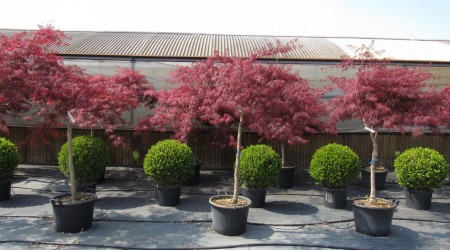
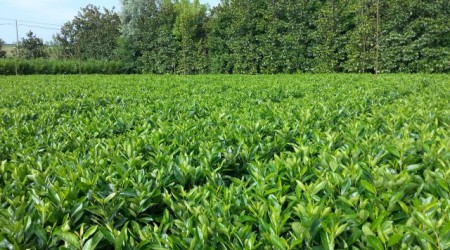

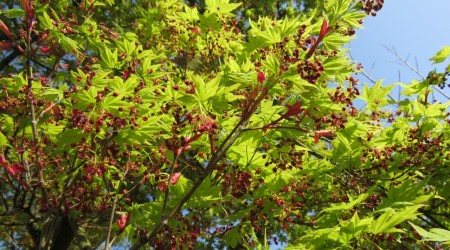


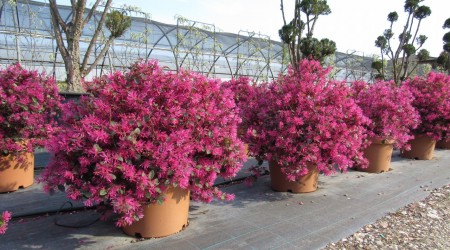
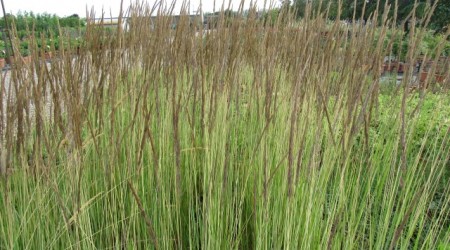
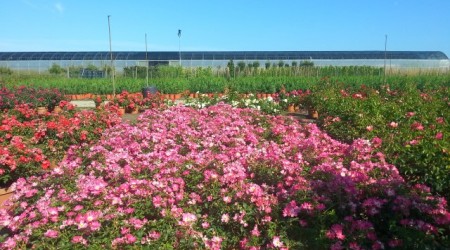
Olea europaea is the Latin name of the Olive tree, often called Ulivo, originally from the East and belonging to the Oleaceae family.
The Olive tree is an evergreen tree of very long, slow growth, with a large frond formed by small green leaves lanceolate, opposite and whole, with a very short petiole. The bottom side of the leaves is silvery white.
The stem is cylindrical and twisted, its bark is smooth, dark gray, the wood is very hard and heavy. When the plant grows old and is defined as exemplary, the stem has a very large diameter and takes up beautiful shapes while the bark becomes rough.
The flowers are very small, white in color, clustered in bushy inflorescences and appear more or less in May.
The fruit looks like a globose or ovoid drupa, sometimes asymmetric and is collected between October and December, depending on the variety, climate and use it needs to be made.
Since ancient times it has always been considered a symbol of spirituality, but also used for food and therapeutic purposes, then in time it has become a very prestigious ornamental plant. It is used to embellish public green areas such as historic centers and roadside benches, restaurant and spa parks, and private gardens. You can see free sprouts, or you can pruned of bonsai, according to your personal taste.